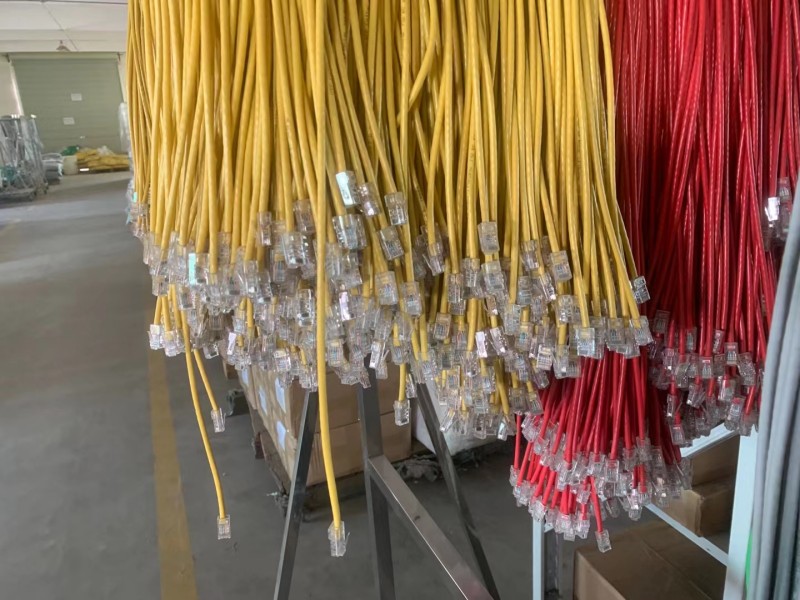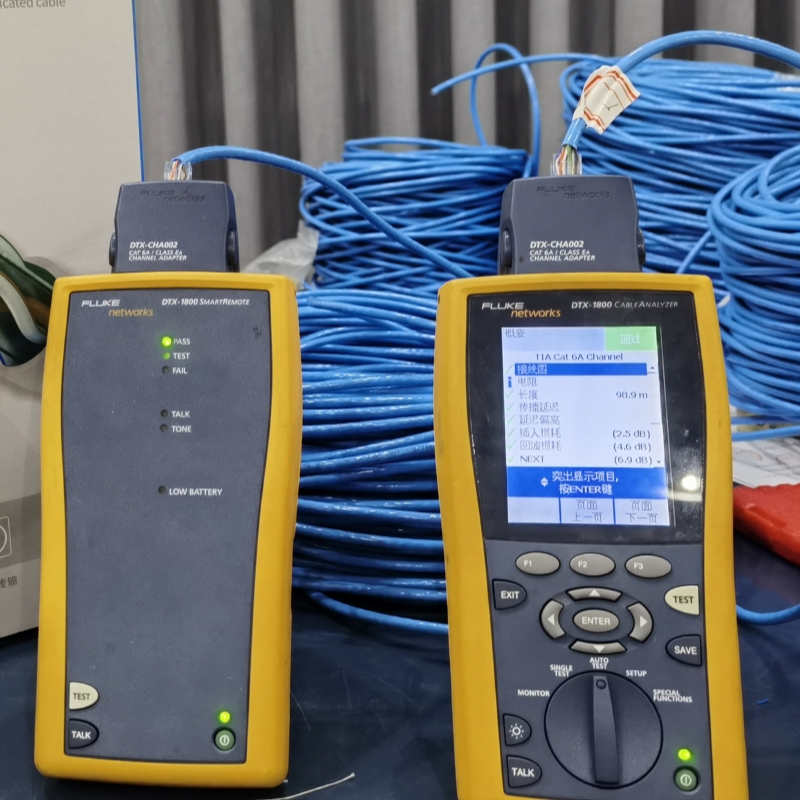目录
Blog Topic: What is the Difference Between Cat6 and Cat6a Ethernet Cable
When it comes to setting up a reliable and efficient network, choosing the right Ethernet cable is crucial. Two popular options in the market are Cat6 and Cat6a cables. While they may sound similar, there are key differences between the two that can impact your network performance.
Cat6 cables are widely used for Ethernet connections and are designed to support Gigabit Ethernet speeds up to 1 Gbps. They are suitable for most residential and small business networks where high-speed data transmission is essential. Cat6 cables have a maximum bandwidth of 250 MHz and are capable of reducing crosstalk, which is the interference between wires that can slow Down data transmission.
| Nr. | Product |
| 1 | 4pair cable with messenger outdoor lan cable |
On the other hand, Cat6a cables are an enhanced version of Cat6 cables, with ‘a’ standing for augmented. Cat6a cables are designed to support 10 Gigabit Ethernet speeds up to 10 Gbps over longer distances compared to Cat6 cables. They have a higher bandwidth of 500 MHz, which allows for faster data transmission and better performance in environments with high Levels of electromagnetic interference.
| Number | Product Name |
| 1 | computer crossover cable |
One of the main differences between Cat6 and Cat6a cables is their construction. Cat6a cables are thicker and bulkier than Cat6 cables due to the increased shielding required to reduce crosstalk and interference. This extra shielding also makes Cat6a cables more durable and suitable for installations where protection against external interference is crucial.

In terms of cost, Cat6 cables are generally more affordable than Cat6a cables. If you are setting up a network in a small to medium-sized Environment that does not require 10 Gbps speeds, Cat6 cables may be a cost-effective solution. However, if you need higher bandwidth and faster data transmission speeds, investing in Cat6a cables can future-proof your network and provide better performance over time.
When choosing between Cat6 and Cat6a cables, consider the specific needs of your network. If you are running applications that require high-speed data transmission or if you anticipate upgrading to 10 Gbps speeds in the future, Cat6a cables may be the better choice. On the other hand, if you have budget constraints or if your network does not require 10 Gbps speeds, Cat6 cables can still provide reliable performance at a lower cost.

In conclusion, the main difference between Cat6 and Cat6a Ethernet cables lies in their bandwidth, data transmission speeds, and construction. Understanding these differences can help you make an informed decision when selecting the right cable for your network infrastructure. Whether you choose Cat6 or Cat6a, ensuring proper installation and maintenance will help optimize the performance of your network and support your connectivity needs effectively.
